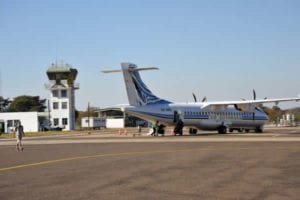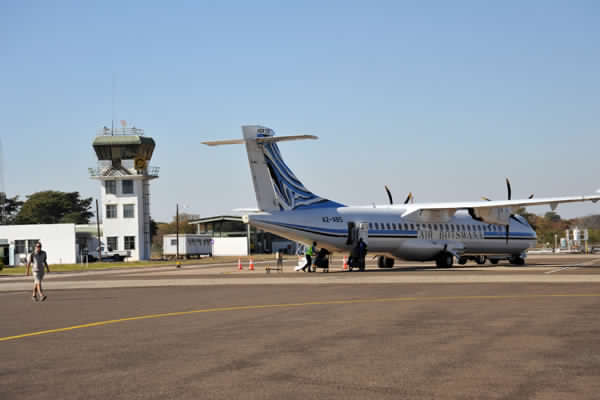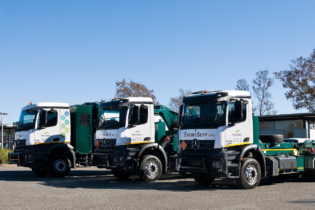Airport upgrades
Construction for the airside facilities included upgrading the existing 2,120 m x 30 m runway to a 3,000 m x 45 m wide surfaced runway, as well as a new apron to accommodate three large aircrafts and several smaller non-scheduled aircrafts. The airside construction works were completed in April 2013.The airport noted that passenger flow had now increased beyond the capacity of the existing 1,300 m² terminal building, and needs to be upgraded urgently.
AECOM’s design team was appointed for the entire scope of the project, including architecture, project management, structural engineering, mechanical engineering, electrical engineering, fire services and piping. Jaco Theron, resident project manager of project and construction services for AECOM’s Africa division said that the approved concept called for a 10 000 m² expandable, smart, aesthetically-pleasing, climate-controlled, functional building. “Buildability was an obstacle for the design team due to the remote location within Botswana,” he added. “The structure had to be designed in in such a way so as to accommodate material availability.”








